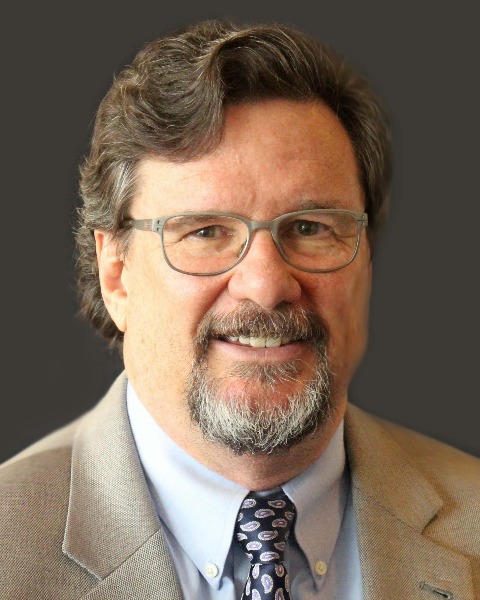Legal, Ethical, and Professional Issues (LEPI)
(PP901) Analysis of the AuD Educational Debt-to-Income Ratio, Benchmarked to Other Health-Care Professions
- AA
Amyn M. Amlani, PhD
President
Otolithic, LLC
Frisco, Texas, United States 
Victor Bray, PhD
Associate Professor
Salus University
ELKINS PARK, Pennsylvania, United States
Lead Presenter(s)
Presenter(s)
US student loan is the second-ranked consumer commitment, trailing only mortgage debt. According to the US Bureau of Labor Statistics, prices for college tuition and fees, on average, were 63.2% higher in 2021 compared to 2007. For graduate students enrolled in a professional, four-year audiology (AuD) program and for those professionals that recently received their AuD degrees, the accumulation of student debt affects (1) standard of present and future living, (2) job satisfaction, (3) professional longevity, and (4) professional attrition. The purpose of this to assess the current debt AuD students incur and compare these findings to similar healthcare professions.
Summary:
< Purpose/Rationale: US student loan is the second-ranked consumer commitment, trailing only mortgage debt. According to the US Bureau of Labor Statistics, prices for college tuition and fees, on average, were 63.2% higher in 2021 compared to 2007. As an example, college tuition in 2007 costing $20,000 now costs $32,640.19 in 2021 for an equivalent purchase. This example equates to an average annual increase rate of 3.56% for college tuition, which is nearly double the overall annual inflation rate of 1.85% for this time period. For graduate students enrolled in a professional, four-year audiology program and for those professionals that recently received their Doctor of Audiology (AuD) degrees, the accumulation of student debt potentially affects (1) standard of present and future living, (2) job satisfaction, (3) professional longevity, and (4) professional attrition. The purpose of this to assess the current debt AuD students incur after being enrolled in a four-year program and compare these findings to other healthcare professions.
Methods: This poster is a continuation of the work by Bray & Amlani, which has produced podium presentations at PAA (2019) and ADA (2019) and two poster presentations at AAA (2021). For this body of work, there are multiple data sources, including American Academy of Audiology, American Speech-Language-Hearing Association, Bureau of Labor and Statistics, Council of Academic Programs in Communication Sciences and Disorders, DataUSA, Federal Student Loan Program, and the Higher Education System reports. This research poster is a continuation of the work on Audiology Wages as Benchmarked to Other Healthcare Professions, where this research agenda includes an evaluation of educational debt-to-income ratio (EDTI).
Results &
Conclusions: A preliminary analysis from our 2019 work revealed that audiology had a EDTI of >1.0, meaning that average debt exceeded annual income. In comparison, our analysis revealed a EDTI < 1.0 for the professions of occupational therapy, physical therapy, and speech-language pathology. Only Optometry had a higher EDTI than audiology. This poster will update the 2019 analysis and expand the number of healthcare professions in the analysis.
Importance of Work: Serious questions have been raised by some in audiology leadership (see Freeman and Windmill publications, for example) that the profession of audiology is not prepared, or preparing, to meet the future public health needs of the country. These questions resolve around recruitment, retention, and graduation rates of audiologist students; retention, attrition, working longevity, and retirement rates of audiologists. Audiology student EDTI, especially if disparate from other healthcare professions, can impact all of these factors, including quality of life for recent graduates with regards to front-end and back-end EDTI. This poster is a continuation of the work by Bray and Amlani to gather factual data on the profession with a long-term goal of developing a working model to predict future audiology employment as an evidence-based approach toward making decisions on management of our educational processes, and workforce
Learning Objectives:
- Assess the magnitude of audiology’s abnormally high educational debt-to-income ratio (EBTI) compared to comparable healthcare professions
